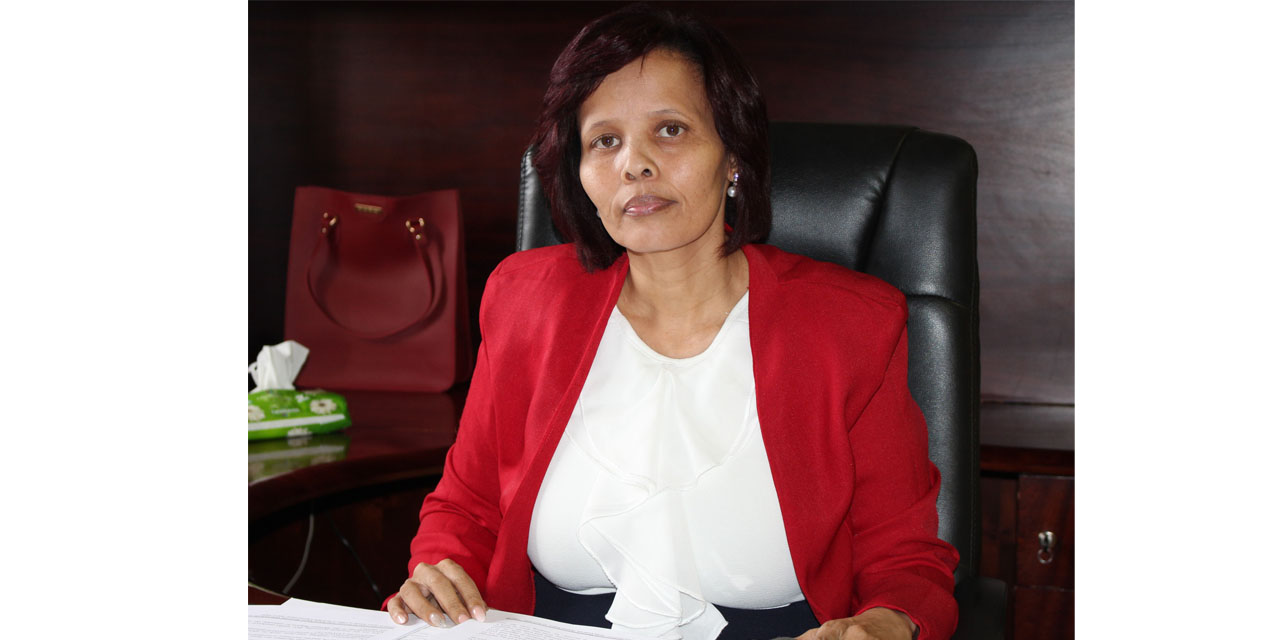Hertta-Maria Amutenja
//Kharas Region, the least densely populated region in Namibia is facing housing sector constraints due to the slow delivery of serviced land and provision of housing and insufficient financial assistance for low-income groups.
This was revealed by the Regional Governor Aletta Fredericks during her State of Region Address (SORA).
“Hence, the impetus is on the regional and local government structures to find a lasting solution for the lack of affordable land and housing,” she said.
In addition to the housing woes, the Governor said the majority of the local authorities in the region did not submit their contributions to the SORA.
“It is concerning that the majority of our local authorities did not submit their SORA contributions this year, given their role as catalysts in land delivery. The question at hand is whether this was done for political reasons or just because there was nothing to report on during the year in question, “she stated.
The //Kharas region is demarcated into seven constituencies namely Keetmanshoop Urban, Keetmanshoop Rural, Berseba, Karasburg West, Karasburg East, Lüderitz and Oranjemund.
Keetmanshoop is the regional capital with the towns of Karasburg, Lüderitz and Oranjemund. Aroab, Berseba, Bethanie, Koës and Tses are self-governed villages.
Fredricks revealed that several farmers and households benefited from the programs that were implemented to assist farmers in the Horticulture and Poultry Value Chain.
“86 farmers and households benefited from the National Horticulture Support Project at an estimated cost of N$880 000. The program aims to raise Namibia’s horticultural output, productivity, quality, and competitiveness for employment and food security. About 367 farmers were trained in horticulture production during the financial year 2022–2023. The National Poultry Value Chain Project for the year under review has received a budget allocation of 400 thousand Namibian dollars, of which 41 farmers benefitted and about 270 farmers were trained in poultry production,”she added.The Governor’s office proposed seven places for the fiscal years 2021/22/23 to expand rural electrification, believing it boosts agricultural productivity, industry growth, and living standards in rural communities, Fredricks added.
She added that her office has been given a role by NamPower to be selecting and submitting at least three to four localities for consideration regarding power provision each year.
“Electricity access is crucial for Sustainable Development Goals, but reliable and affordable access is essential for economic and social development, income-generating activities, and public services. Hence, the government is committed to allocating funds annually to expand rural electrification, believing it boosts agricultural productivity, industry growth, and living standards in rural communities. Having said that, I want to thank NamPower,” said Fredricks.




